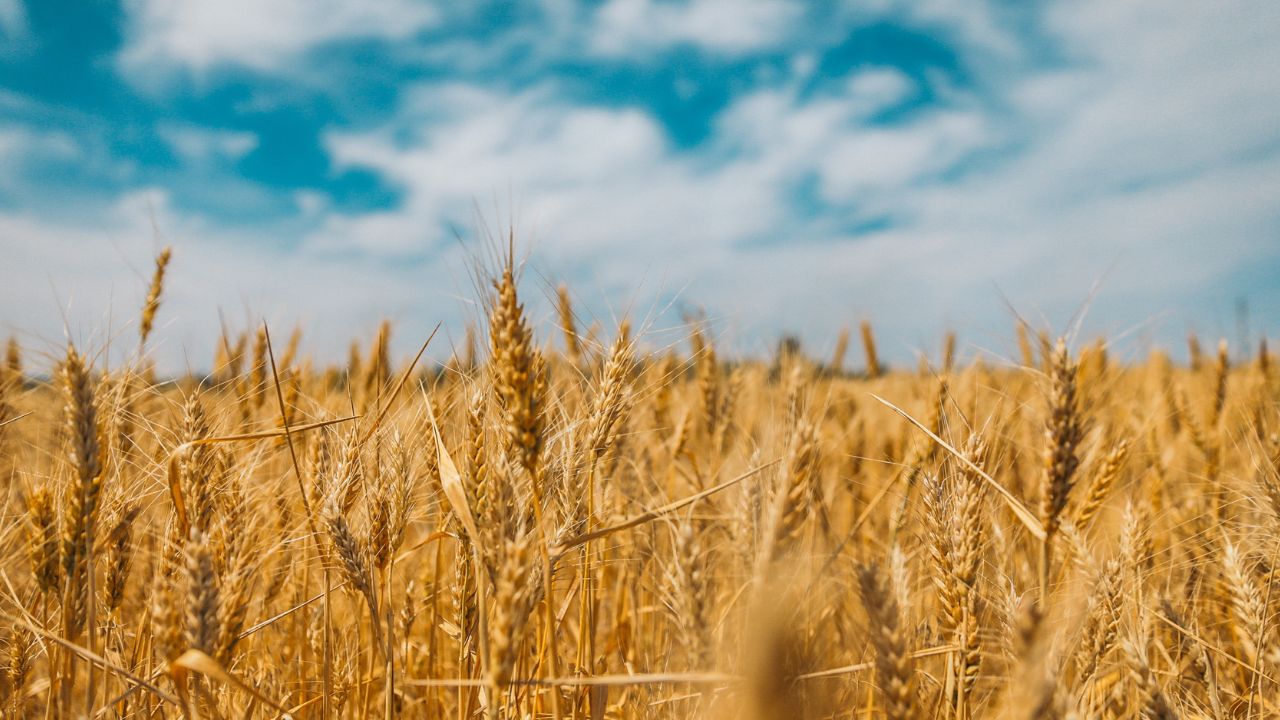Why is the EU limiting grain imports from Ukraine?The European Commission has placed a ban on Ukrainian wheat, maize, rapeseed, and sunflower seed imports into Poland, Hungary, Romania, Slovakia, and Bulgaria until June 5.
As a result of the move, Poland, Hungary, Slovakia, and Bulgaria lifted unilateral import bans they had imposed in order to safeguard domestic farmers. Romania had not prohibited imports.
Here are a few examples:
WHY DOES UKRAINE EXPORT VIA EASTERN EUROPE?
Ukraine mostly exported agricultural items through Black Sea ports until they were closed by Russia last year.
Three ports in the Odesa area were later reopened as part of a United Nations-backed agreement agreed in July to provide a secure corridor for exports to help combat the global food crisis.
Other Ukrainian ports, including one of the busiest, Mykolaiv, are still closed.
Ukraine, one of the world’s major exporters of grains and oilseeds, has instead boosted exports via rural routes and minor Danube river ports.
/cloudfront-us-east-2.images.arcpublishing.com/reuters/LOALCQK2WBN3NCKUTGWTE2LZ3Q.jpg)
/cloudfront-us-east-2.images.arcpublishing.com/reuters/LOALCQK2WBN3NCKUTGWTE2LZ3Q.jpg)
The most direct land route north, through Russian partner Belarus, has practically been closed off, requiring Ukraine to carry as much grain as possible through eastern Europe.
To assist this alternative, the European Union announced in June 2022 a one-year suspension of import duties for Ukraine.
EXPORTS TO EASTERN EUROPE HAVE INCREASED HOW MUCH?
The rise in Ukrainian grain and oilseed exports through the Eastern European Union has been enormous.
According to Ukrainian customs statistics, 3.39 million tonnes of corn, 1.47 million tonnes of wheat, and 529,689 tonnes of barley were transported to Romania in 2022.
Only 526 tonnes of corn were exported in 2021, with no wheat or barley shipments.
Meanwhile, in 2022, Poland will get 2.08 million tonnes of corn, 579,315 tonnes of wheat, and 44,114 tonnes of barley.
The previous year, Poland received just 6,269 tonnes of corn and 3,033 tonnes of wheat, with no barley.
Exports to Hungary and Bulgaria have also increased significantly, albeit the numbers are not as large as those passing through Romania and Poland.
WHY ARE EASTERN EUROPEAN FARMERS DISSATISFIED?
Farmers in eastern Europe saw financial benefits from the Ukraine crisis at first, as crop prices increased substantially in accordance with global grain markets.
They have, however, experienced greater competition from Ukrainian grain and oilseeds in local markets. Farmers have also finding it more difficult and expensive to transport their produce because many of the trucks and railwagons they would normally use are now hauling significant quantities of goods from Ukraine.
A sharp drop in prices during the last few months has also added to their concerns, with some blaming Ukrainian imports. The price declines, however, are a global trend which traders attribute to factors such as strong exports from Brazil and Russia, as well as weaker-than-expected demand from China.
A drought in parts of Central Europe last year also created financial difficulties for farmers in the region.
Hungary’s corn crop, for example, fell to 2.8 million tonnes last summer, less that half the previous season’s 6.4 million, according to International Grains Council (IGC) estimates.
Nigel Hunt contributed reporting, and David Clarke edited the piece.









